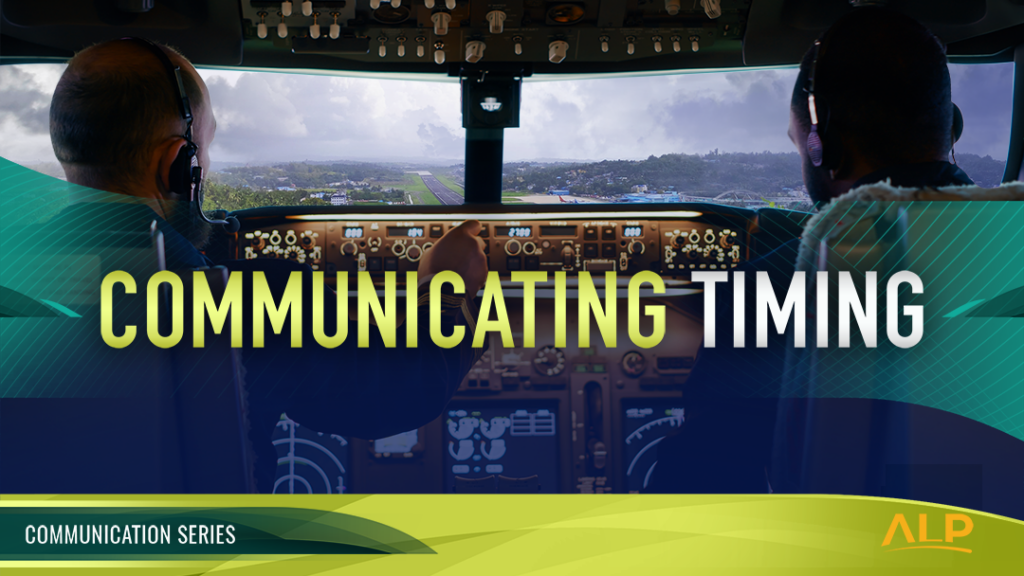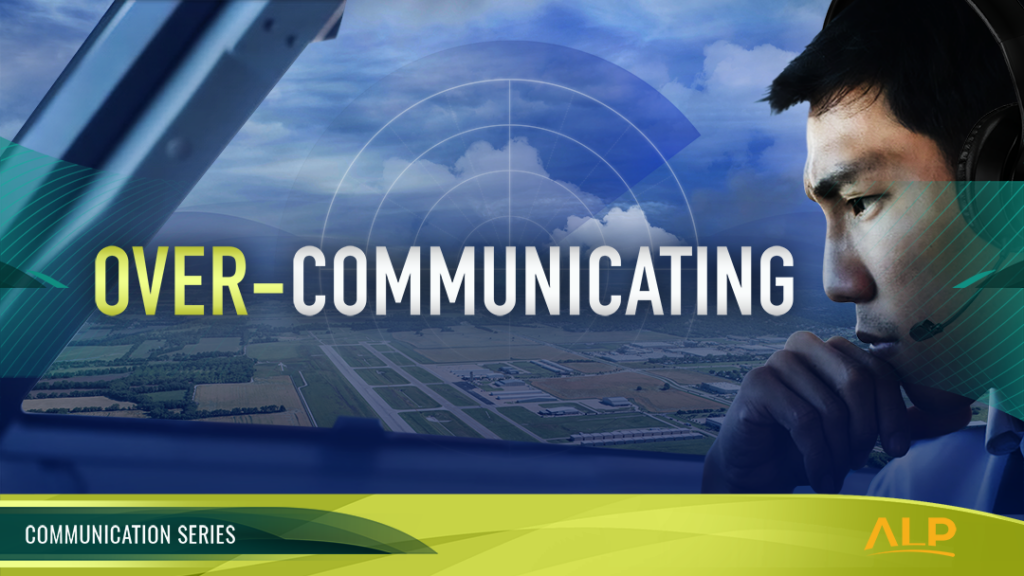Infina launches seven new courses in partnership with CANSO
As part of its ongoing partnership with CANSO, ATM training provider Infina has launched seven more microlearning courses for Air Traffic Controllers, their managers and supervisors, on its ANSP Learning Portal (ALP).
As it builds its online training library, a new series of courses is being released, a Communication Series for ATCO Refresher Learning. The five new courses in the series complement the existing content in the ANSP Learning Portal and add to the ICAO Refresher Training Topics that keep ANSP workforces focused on safety.
Sue Meeks, President, Infina, said: “ANSPs who subscribe to the platform can access all our courses to improve their safety performance, reduce training costs, and give their workforce the quality material they will appreciate. With these new courses we focus on clear, concise, and accurate communication techniques to elevate safety in your ANSP.
“I especially recommend the course material on Chunking Transmissions, as it is particularly good for controllers who need to communicate to understand so pilots comprehend instructions.”
Here’s a quick look at what each of the new courses cover and their objectives:
Active Listening
This course covers the difficulties pilots face when controllers string together too many instructions and suggests ways for controllers to mitigate those difficulties for pilots.
Students will:
- Define active listening
- Identify the risks of failing to use active listening
- Identify ways to improve active listening
Chunking Transmissions
This course covers the difficulties pilots face when controllers string together too many instructions and suggests ways for controllers to mitigate those difficulties for pilots.
Students will:
- Identify the risks of long and complex instructions to pilot
- Identify ways to mitigate the risk of long and complex instructions
- Identify techniques for chunking transmissions
Communicating Timing
This course covers the busiest times for pilots. It suggests that controllers keep these times in mind when issuing instructions.
Students will:
- Identify the worst times to issue control instructions
Over-Communicating
This course covers the busiest times for pilots and helps controllers keep these times in mind when issuing instructions.
Students will:
- Identify better ways to better communicate with pilots
Similar Sounding Call Signs
This course covers the difficulties that controllers and pilots face when call signs are similar. It suggests ways for controllers to better manage those difficulties.
Students will:
- Identify the risks of similar sounding call signs
- Identify ways to mitigate the risk of similar sounding call signs
- Identify techniques to improve similar sounding call sign communication
Wake Turbulence
This course covers the characteristics of wake turbulence and its effect on aircraft and discusses best practices to mitigate these risks.
Students will:
- Identify the definition of wake turbulence
- Identify the characteristics of wake turbulence
- Identify best practices to reduce the risks of wake turbulence
Severe Weather
This course the limitations of onboard weather information and the risks pilots face in severe weather. It suggests ways for controllers to keep pilots better informed about severe weather.
Students will:
- Identify the risks of severe weather
- Identify a passive weather system
- Identify active weather radar
- Identify when to solicit and disseminate PIREPs
For further information contact stevemeeks@infina.net for a demonstration and details of subscription fees.










